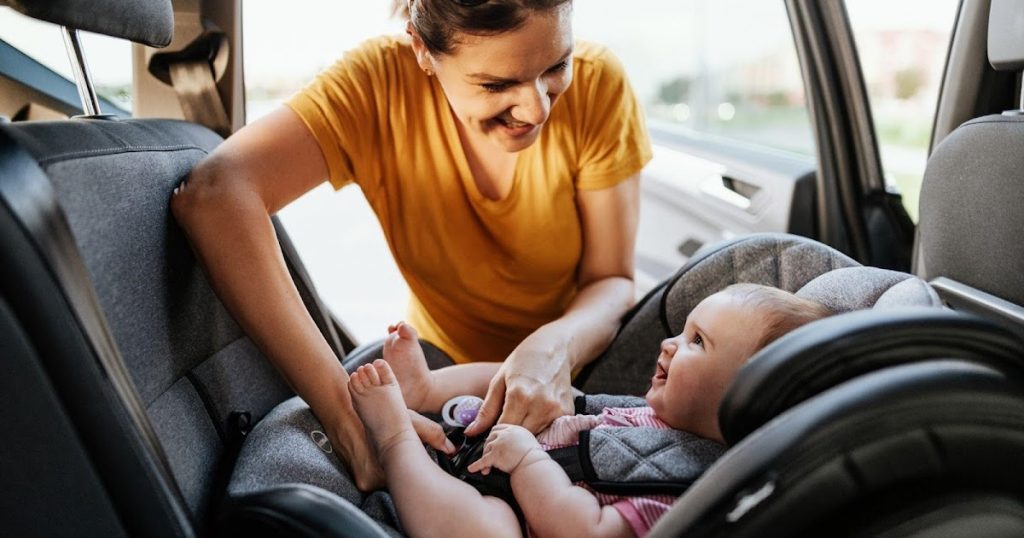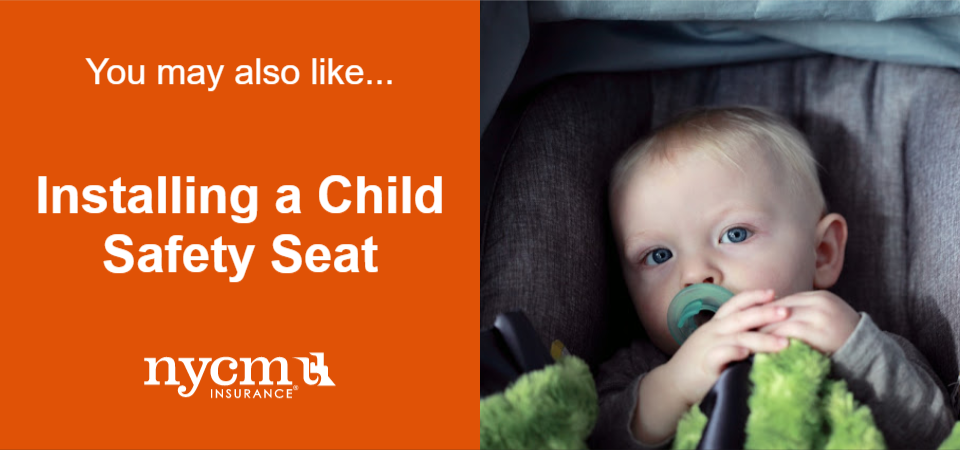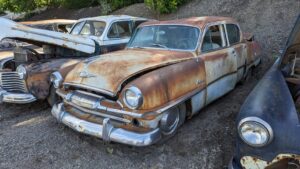How to Keep Your Child Safe While Inside a Vehicle

We
know that keeping your child safe is your number one priority.
According to the CDC, motor vehicle crashes are a leading cause of death among
children. “In 2018 more than 97,000 children were injured in motor vehicle traffic
crashes, and 636 children 12 years old and younger
succumbed to those injuries. Of the children 12 years old and younger who
perished in a crash in 2018, 33% were not buckled up.”
It’s
important to know that as parents and caregivers, we can make a lifesaving
difference when we follow the correct safety procedures. Continue reading to learn
more.
What
Can I Do to Keep My Child Safe While Riding in the Car?
The
obvious answer might be to simply put them in a car seat or make sure that they are
buckled in. Unfortunately, that is only a half truth. Of course you want to
make sure your children are both buckled in and, depending on their age, in a
booster seat or car seat, but it’s important to not to let your safety precautions stop there.
Know
Which Stage Your Child Is in for Their Car Seat
It’s
important to make sure children are properly buckled in a car seat, booster
seat, or seat belt depending on whichever is appropriate for their weight,
height, and age. According to the CDC guidelines for child passenger safety:
Rear
Facing Car Seat
Between
birth and the ages of two to four, it is critical that you use a rear-facing
car seat. Infants and toddlers should be buckled into rear-facing car seats, in
the back seat of any vehicle until they reach the maximum
height and weight limits of that particular seat. Be sure to review the car
seat manual and it’s labels for said weight and height limits.
Forward
Facing Car Seat
If
your child has outgrown the height and weight requirements for their car seat
and are under the age of five, you can move to a forward-facing car seat.
Forward facing car seats should be in the backseat of your vehicle. Again, be sure to review
the car seat manual and labels on the car seat for weight and height limits.
Booster
Seat
Once
your child has outgrown the height and weight limits for their forward-facing
car seat, you can then graduate to a booster seat. Please note that they should
be buckled into a belt-positioning booster seat in the back of your vehicle
until a seat belt fits them properly. According to the CDC, “a seat belt fits properly
when the lap belt lays across the upper thighs (not the stomach) and the
shoulder belt lays across the chest (not the neck).”
Seat
Belt
Once
the seat belt fits your child properly without the aid of a booster seat, you
no longer need to use one. However, it’s critical for the health and safety of
your child that they be wearing a seat belt on every trip. As previously
mentioned, seat belts fit properly when the lap belt lays across the upper
thighs (not the stomach) and the shoulder belt lays across the chest (not the
neck). The CDC also states that a proper
seat belt fit usually occurs when children are about four feet and nine inches
tall and aged between nine and twelve years. It’s important to know that seat
belt fit can vary by vehicle, so you will need to check the fit in all
vehicles.
Properly
Installing Your Child’s Car Seat
Installing
a child car seat can feel intimidating. Fortunately, there are a lot of
resources available to make sure it’s done correctly. For example, you can
reach out to a certified child passenger safety technician by clicking on this link. If you have decided to install the
car seat yourself, be sure to review the manufacturer’s instructions thoroughly
and take your time. You can find more information about how to install your
child’s car seat by clicking here.
What
Should my Child Wear While in a Car Seat?
Puffy
clothing, such as winter jackets, should never be worn by children while in a
car seat, as they don’t allow you to fully tighten the car seat’s straps. Dress
your child in their winter attire on the trip to the car, but remove it before
buckling them in. You can add a blanket to ensure they are warm during your
ride.
Preventing
Heatstroke
Unfortunately,
picking out and installing the correct car seat isn’t the only thing you need
to worry about when it comes to child passenger safety. According to the National Highway Traffic
Safety Administration, 15 child fatalities have been reported due to heatstroke in
2021 alone. Heatstroke is one of the leading causes of non-crash related
fatalities among children. It’s important to know that heatstroke begins when a
person’s core body temperature reaches roughly 104 degrees Fahrenheit and the
thermoregulatory system becomes overwhelmed. For that reason, among many
others, children should never be left alone in or around a vehicle for any
reason. Even when the weather is cooler, your vehicle can quickly heat to dangerous, often deadly temperatures.
Prevention:
Make
a point of looking in your back seat every time you lock and leave your
vehicle. You might consider leaving a note on the seat next to you or taped to
your front console as a reminder.Once
you and your child have exited the vehicle, be sure to lock your car doors
behind you and keep your keys out of reach of children. According to the NHTSA, three in every ten heatstroke
fatalities occur when a child is left unattended and gains access to a vehicle.If
you see something, DO SOMETHING. Do not hesitate to take action if you notice a
child alone in the car. If the child is not responsive, call 911, do whatever
you can to get the child out of the car and look to spray the child with cool water.
If the child is responsive, first remove the child from the vehicle and then
call 911. Stay with the child until help arrives.
Symptoms
of Heatstroke:
Red,
hot, and moist or overly dry skinLack
of sweat A
weak pulse or a rapid pulse Nausea
or vomiting Stranger
behavior or confusion
Preventing
Vehicle Rollaway Accidents
Although
advancing technology is reducing the rate at which these types of accidents are
occurring, it’s still important to stay vigilant. Vehicles with keyless
ignition and push-button start features are especially vulnerable to this type
of accident. This is because the vehicle can be easily turned off before being
placed in park. For this reason, it is essential that you engage your emergency parking brake every time you
park.
Prevention:
Always
be sure that your vehicle had been shifted into park before shutting it down
and exiting.Always
keep your vehicle locked when not in use or unattended.Never
leave keys in or near your vehicle when not in use.Supervise
children and keep them away from unattended vehicles.
Preventing
Trunk Entrapment and Power Window Accidents
Children
are often naturally curious and while that can be a good thing during the
appropriate times, it can also end up getting them hurt. It’s important to know
that even though many cars have safety settings for things like power windows
and trunks, you should not rely on those features to ensure the safety of your
child. Think of them as an addition to your safety plan rather than the safety plan
itself.
Prevention:
Teach
children that vehicles are not toys and should not be played in or around.Teach
children not to touch buttons or switches inside vehicles.Teach
children to keep all body parts inside the vehicle during all trips. Before
closing a window or sunroof, check to be sure no fingers, toes, or other body
parts are hanging out.Always
apply the child safety lock on windows and doors when available.Teach
children the dangers of playing or hiding in a trunk.Teach
children how to escape from a trunk in case they ever find themselves trapped.
Avoiding
the Extras
Be
sure to remove items from your car that are unnecessary and to either lock down
or strap in anything that is necessary. You’ll want to avoid keeping anything
in the backseat that can become a
projectile. Think heavy or hard plastic toys, sippy cups, even mirrors. If it’s
not something you would feel comfortable getting hit in the face with, you
should remove it from the vehicle.
For
more child passenger and vehicle safety related content, check out the link
below.







